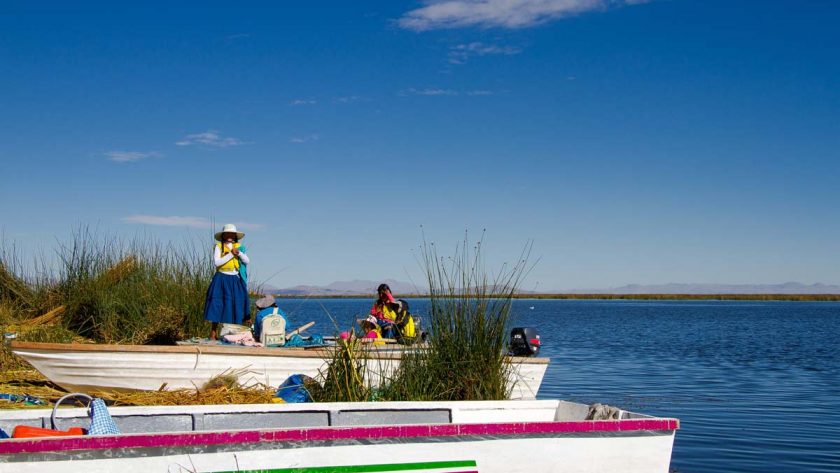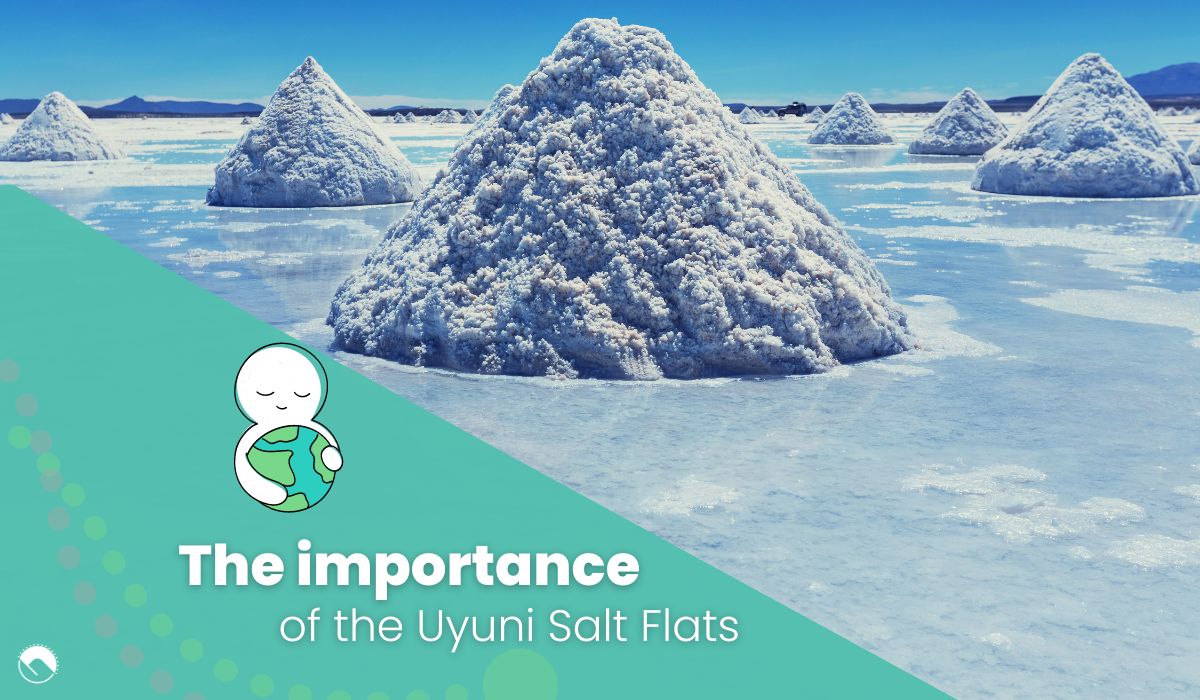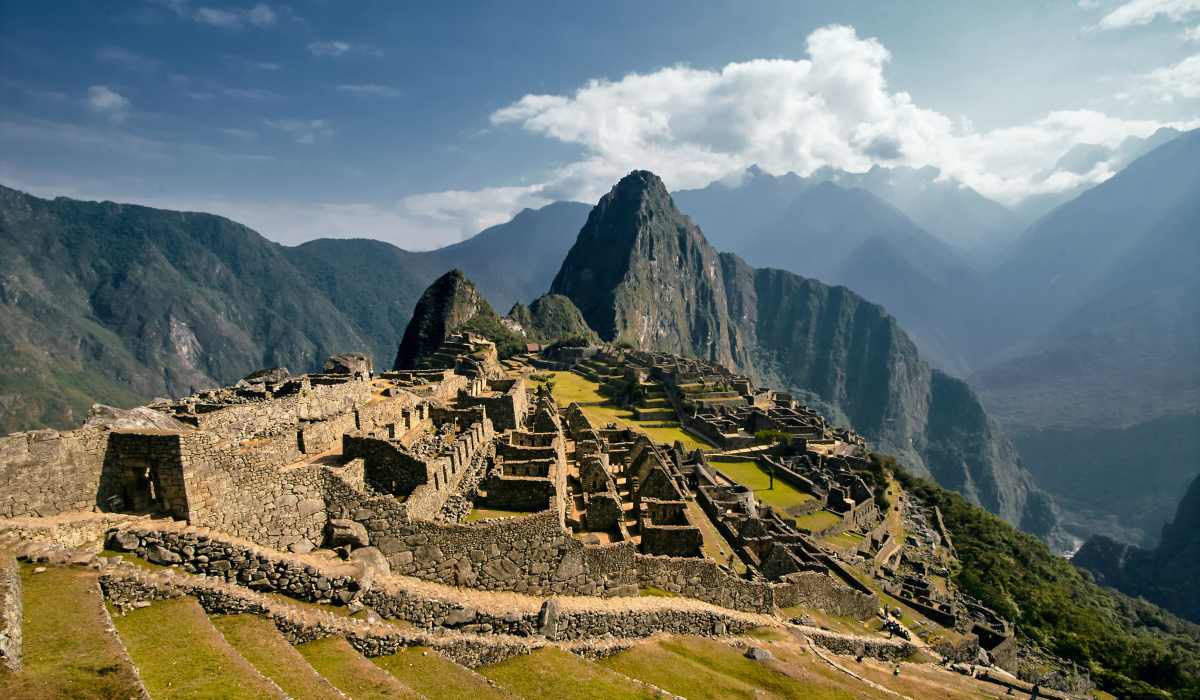This post is also available in:
 Español
Español
In this post we are traveling to the border of Peru and Bolivia, two of our favorite countries, which share one of the most beautiful places in Latin America.
Today we want to tell you everything you need to know about the Lake Titicaca. For example, that it is the highest navigable lake in the world, and many other curiosities you can’t miss.
Where is Lake Titicaca
Also known as the mar de los Andes, it is located in the central zone of the Andes and whose waters have Peruvian and Bolivian nationality. As for the dimensions of Lake Titicaca, it is the second-largest lake in Latin America with an area of 8,560 square kilometers, of which 56% belong to Peru and 44% to Bolivia.
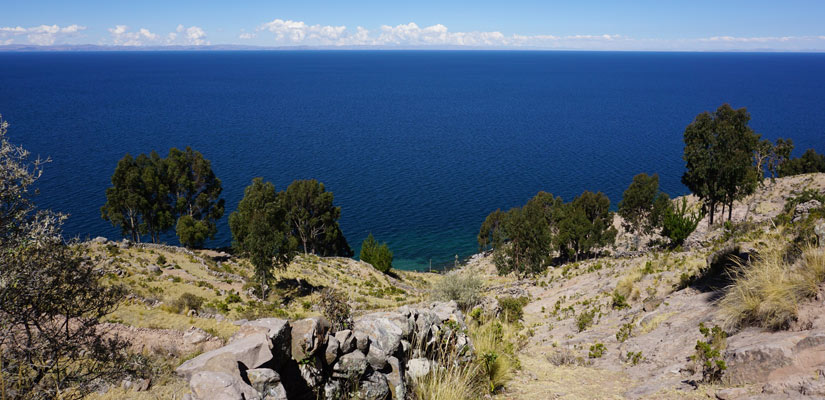
But it is mostly known for being the highest navigable lake in the world, at 3812 meters above sea level. Its main port, on the Peruvian side, is located in the Bay of Puno, and every day you can make some tours from Puno.
The length from side to side of the lake is 204 km, and the length of its shores is 1125 km of land surrounding its waters.
About the depth of Lake Titicaca, it is not very high, with an average of 107 meters. Although it has its maximum depth at 283 meters.
The average annual time is 25°C during the day but at night it drops to very low temperatures around 0°C. The average water temperature of the lake is 13°C, varying depending on the distance and altitude.

Origin of Lake Titicaca
The origin of the lake was caused by the same tectonic forces that raised the western and eastern ranges of the Andes, all of which are part of the Collao Plateau.
The high altitude at which it is found was the key to its current status as a lake. This is due to the fact that during the glaciations its waters froze, thus preventing the sediments from making it disappear.
Around its coasts, we can distinguish the peninsulas of Capachica and Chucuito in Peruvian territory, where Luquina stands out. The part of Lake Titicaca in Bolivia, highlights Copacabana, the isthmus of Yunhuyo, and the Gulf of Achacachi. There are many places to visit depending on the part of the lake you are in.
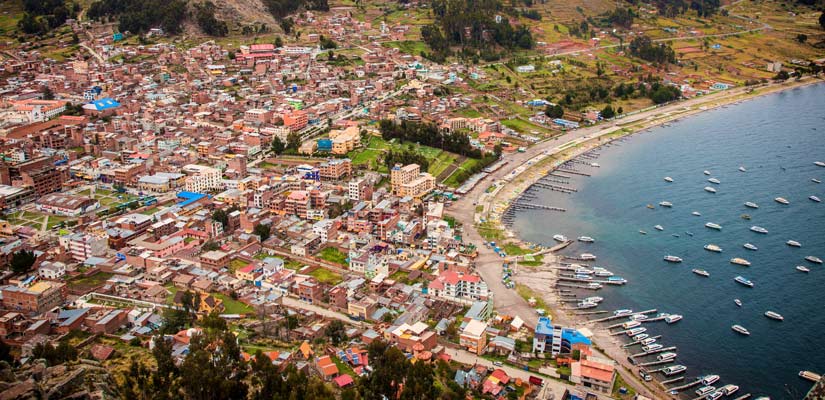
In addition, it has more than 42 islands in the interior of the lake. Among them we found the Island of the Sun, a place where the Inca empire was originated and where at the moment thousands of ruins are conserved and it has a population mainly indigenous. These, although adapted to current times still have traditions of the Inca empire.
A lake on the top of the mountains, that besides ruins and villages has a rich biodiversity. It is decorated with the snowy peaks of the Cordillera Real, at more than 6.000 meters of altitude. Everything that surrounds this landscape creates a magical picture and its sunsets that seduce visitors.

But if there is one thing that stands out in Lake Titicaca, it is its famous floating islands of the Uros, islands formed from a plant called totora, which the inhabitants form every few months.
If after learning about the origin of Lake Titicaca you are still eager to learn more about it, what are you waiting for?

